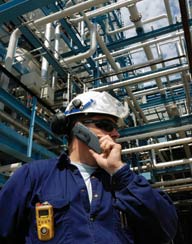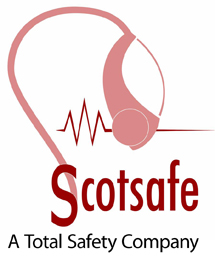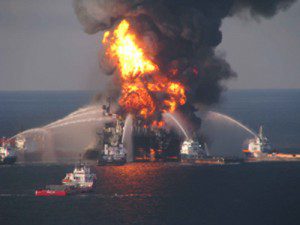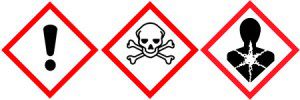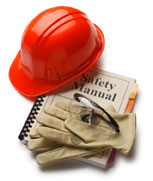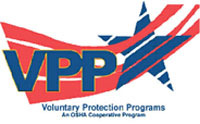 “We are honored to have Pacific’s talented team join the Total Safety family,” said David E. Fanta, Chief Executive Officer of Total Safety. “Canada remains a very strategic market for Total Safety and we have many clients asking us to expand our service offering to include industrial hygiene and occupational safety. Working with Peter and the other professionals at Pacific, we will now be able to provide an even more comprehensive suite of safety solutions in this key market.”
“We are honored to have Pacific’s talented team join the Total Safety family,” said David E. Fanta, Chief Executive Officer of Total Safety. “Canada remains a very strategic market for Total Safety and we have many clients asking us to expand our service offering to include industrial hygiene and occupational safety. Working with Peter and the other professionals at Pacific, we will now be able to provide an even more comprehensive suite of safety solutions in this key market.”
Pacific Environmental, headquartered in Vancouver and founded in 1990, provides engineering and consulting services focused on worker health and safety. Those services incorporate Canadian Centre for Occupational Health and Safety (“CCOHS”)/Provincial Workers Compensation Board (“WCP”) regulatory requirements in the delivery of workplace environmental and industrial hygiene consulting services to a wide range of customers in Western Canada.
Its core industrial hygiene competencies include worker exposure monitoring, air quality assessments, laboratory analysis and chemical safety audits. Pacific also handles environmental consulting and assessments, hazardous material audits, worker training programs, health and safety audits, confined space audits, fall protection programs and workplace regulation reviews in consultation with regulatory authorities.
Peter Hansen, Pacific’s President and Co-Founder, stated, “This is a very exciting time for our employees and clients. The synergy between our two companies will accelerate market growth and career opportunities, a true winning combination. The Pacific team looks forward to partnering with such a dynamic team, offering our customers additional services, and complementing Total Safety’s current Canadian portfolio while continuing to add value for our clients.”
For more information on Total Safety and how we can equip your company with the best in industrial hygiene services and equipment, give us a call at 888.44.TOTAL.
Total Safety – The Best Minds in the Business!



